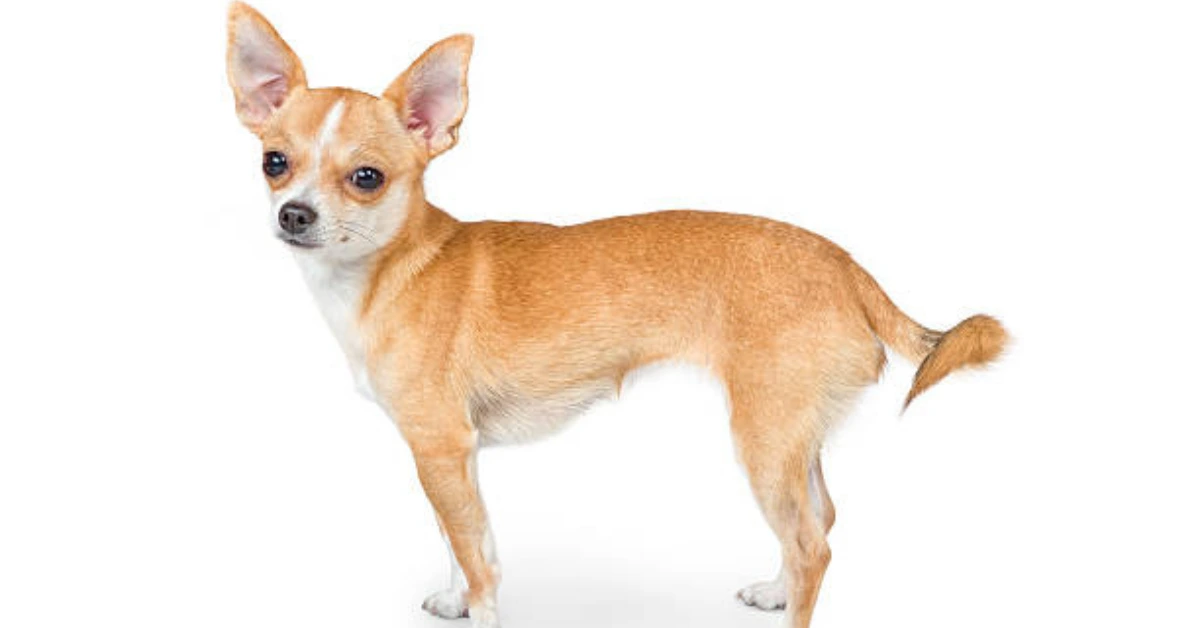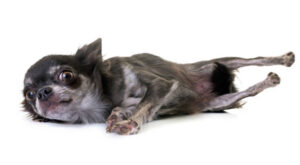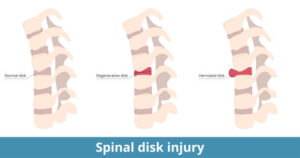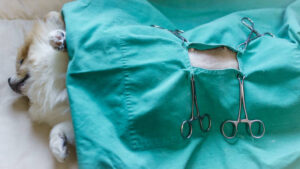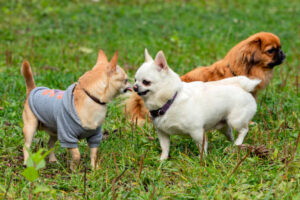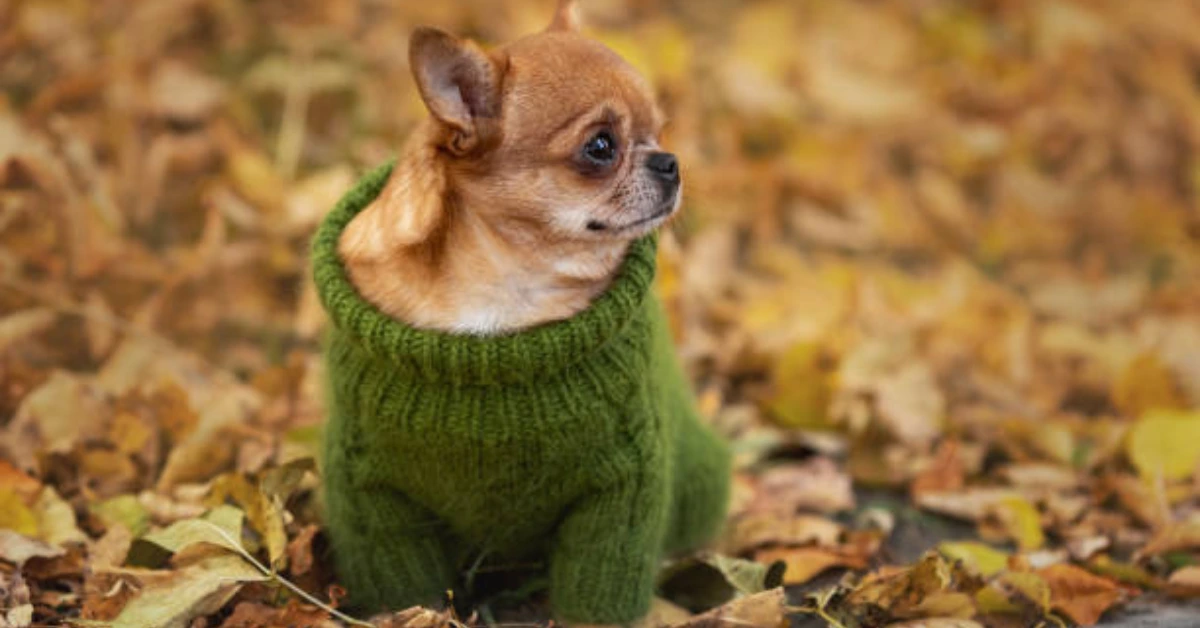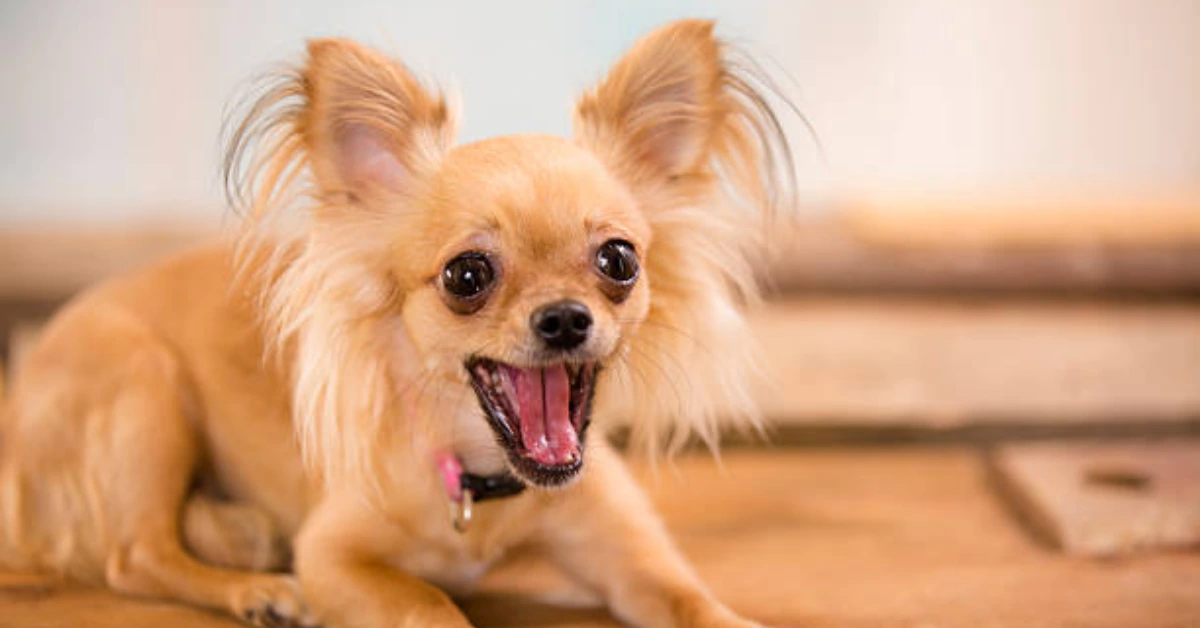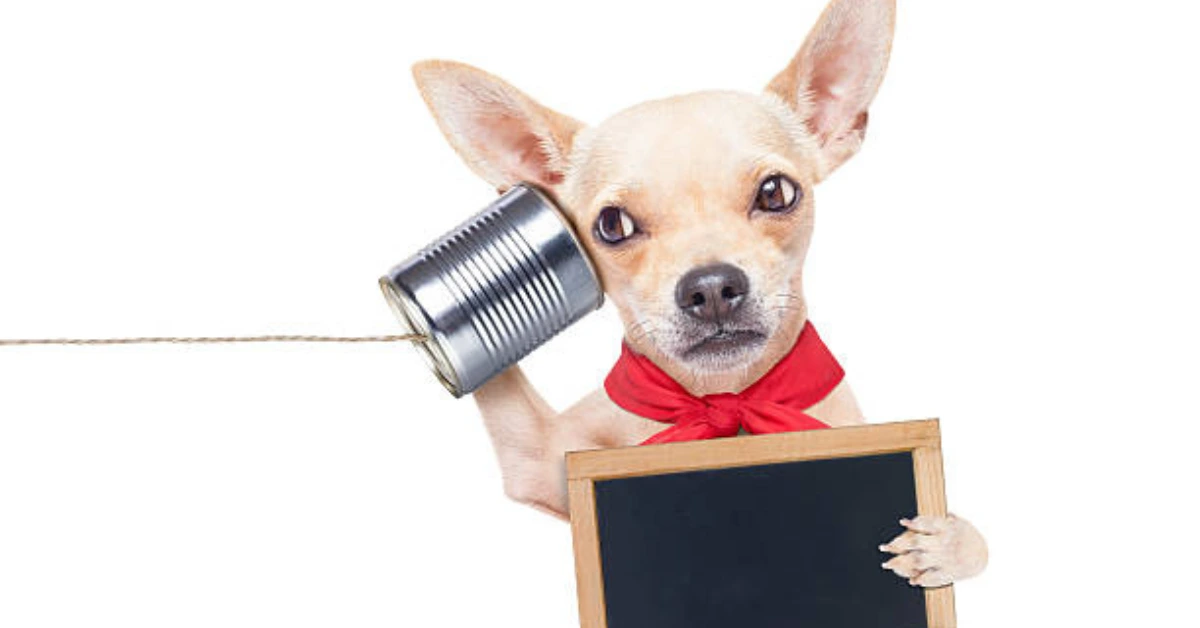It’s critical to understand Intervertebral Disc Disease (IVDD) if you own a Chihuahua. IVDD, which is frequently observed in Chihuahuas and other tiny breeds such as Shih Tzu, damages the bones and discs between each vertebra in the spine causing your Chihuahua Back Problems.
Chihuahuas may not exhibit symptoms until a problem has gotten serious enough to cause irreversible damage because of their tiny stature.
We’ll go over what IVDD looks like, how to keep your Chihuahua from developing this severe back issue, and potential therapies in this blog post.
Advertisement
IVDD: The Most Typical Reason Chihuahuas Experience Back Issues
A disorder that affects the interebral discs of a Chihuahua’s spine is called intervertebral disk disease. Even Chihuahuas can acquire this, though it is more common in chondrodystrophic breeds like the Dachshund, Shih Tzu, and Basset Hound.
Although it can happen at any age, adult Chihuahuas older than seven years old are most likely to experience it. It’s crucial to remember that the 34 spine bones of Chihuahuas are encircled by blood vessels, ligaments, muscles, nerves, and interebral discs.
The Chihuahua’s spine preserves its physical form and protects the sensitive spinal cord. Shock-absorbing disks divide each of the 34 spine bones. But when these disks slip or burst, issues occur, causing pain, weakness, numbness, and even paralysis.
Chihuahuas with IVDD exhibit two different types:
- Chihuahuas rarely acquire Type I IVDD, which usually begins in early childhood.
- The second type of IVDD, which usually manifests between the ages of 6 and 10, is particularly common in the Chihuahua breed.
Type I involves the intervertebral discs’ outer layer stiffening, which raises the risk of damage during intense activity. When the discs harden and become fibrous over time, type II herniation happens, causing the discs to bulge and putting pressure on the spinal cord.
IVDD Causes In Chihuahuas
There are three ways that discs might rupture or move strangely.
Abrupt jolt To The Back
Did you realize that a sudden, startling action can easily cause damage to your Chihuahua’s back? Problems might arise from routine tasks that you might not think about.
To prevent inflicting unneeded discomfort, keep an eye out for any abrupt jerks or movements that your Chihuahua may make.
Trauma
The Chihuahua may be suffering from acute trauma, which is a serious and unexpected injury that could be brought on by a car accident, a dog attack, or a fall from a significant height.
Natural Disc Degeneration
Some Chihuahuas may have a common issue known as natural disc degeneration as they get older. This happens as a result of the spinal column’s discs degrading and pressing against the spinal cord over time after becoming stiff and fibrous.
IVDD Main Symptoms In Chihuahuas
It is possible for Chihuahuas to secretly cause spine injuries, with symptoms manifesting years later. Owners may observe fidgeting behavior in their Chihuahua. The pain gets worse when the inflammation takes hold.
A Chihuahua’s behavior and appetite may be affected by pain that spreads to other body areas. There are several symptoms associated with intervertebral disc disease, varying in intensity. Some chihuahuas may not notice any symptoms at all, but others may experience excruciating discomfort.
In the event that you have noticed two or more of the following, your Chihuahua may be suffering from IVDD:
- Your Chihuahua is having trouble turning its head sideways due to stiffness and soreness in its neck.
- Your Chihuahua appears to be lowering their head more than normal.
- Your Chihuahua has started yelling when it is touched, lifted, or moved in a particular manner.
- Touching your Chihuahua may cause pain in its stomach.
- Your Chihuahua is bent over with an arched back.
- Your Chihuahua seems to be becoming agitated or aggressive, which could be a symptom of pain.
- Your Chihuahua is dragging, hopping, or favoring one leg due to a limp in its rear limb.
- Your Chihuahua appears frail.
- Your Chihuahua is having trouble standing up after lying down.
- If your Chihuahua walks stiffly, there may be a health issue.
- The dog you have is trembling.
- Your Chihuahua is having trouble staying coordinated.
- Your Chihuahua is losing the ability to control his bladder.
- Your Chihuahua has paralysis in his rear legs.
IVDD Diagnosis In Chihuahuas
If your Chihuahua has back problems, it’s advisable to see a regular veterinarian first. In case the matter is intricate, it is recommended to seek advice from a veterinary neurologist.
The following procedures must be followed in order to diagnose IVDD in Chihuahuas:
Blood
The veterinarian will do a comprehensive blood study that includes a serum biochemistry panel and a full blood count.
Proprioceptive Deficits Testing
The purpose of the Proprioceptive Deficits Test is to assess a Chihuahua’s capacity to sense their limb positions without the need for visual cues.
Myostatin Exam
The Knee Jerk Reflex, or Myostatin Exam.
Full Physical Check
The veterinarian will check for trembling, elevated heart and respiration rates, stomach sensitivity, back weakness, and pain in the limbs.
Deep Pain/ withdrawal Reflex
A Chihuahua will usually pull their leg out of reflex when their toe is pinched. However, because of a back injury that can produce excruciating pain and agony, Chihuahuas with IVDD might not have this reflex.
Panniculus Test
The Panniculus test measures the Chihuahua’s sense of touch in that region by inserting a tiny needle into its skin.
If the Chihuahua perceives the needle, the skin will respond. The veterinarian can determine which vertebrae might be impacted by moving the needle. Although non-invasive, the test is instructive.
Myelogram
The “dye test,” or myelogram, entails carefully injecting a dye into the Chihuahua’s body. This treatment is essential prior to surgery since it enables the neurologist to view the outline of the spinal cord.
X-Ray Test
Radiographs sometimes referred to as X-rays, are helpful to veterinarians in the diagnosis of slipped discs and other spinal problems in Chihuahuas.
Moreover, cysts, tumors, and infections can be seen with X-rays. Calcified discs are an important marker when examining intervertebral disc disease (IVDD), however, they are typically not apparent on X-rays. Even though an X-ray is a non-invasive test, a Chihuahua with serious back issues may find it uncomfortable.
In order to guarantee the Chihuahua’s comfort during positioning, sedation may be taken into consideration.
IVDD Treatment In Chihuahuas
Before turning to more drastic measures, non-invasive treatment will be tried for the majority of IVDD cases in Chihuahuas.
Included in this treatment regimen are:
Crate
Your Chihuahua should have a rigorous cage rest; doorway gates and playpens are not appropriate. Your Chihuahua needs to be kept in a cage that is small enough to prevent it from jumping, running, or making large movements.
It’s important to adhere to this restriction consistently because unimpaired Chihuahuas may need surgery. For up to three weeks, you should move your dog very little.
Muscle Relaxants
Back stress is eased and spasms are decreased using muscle relaxants.
If a Chihuahua has responded well to medicine and restricted movement after three weeks, it is important to keep them off it for another three weeks.
If not, the Chihuahua can sustain a new back injury. You can give the dog Medication for inflammation during this time.
Anti-inflammatory Medication
One popular anti-inflammatory drug that treats both pain and swelling at the same time is cortisone.
Surgery
You will need surgery treatment for the following situations :
- The Chihuahua has become immobile.
- The Chihuahua’s back is giving them constant trouble.
- The initial therapy attempt did not produce the expected outcomes.
The goal of the procedure is to remove a portion of the vertebral body or clear out the disc tissue in order to relieve pressure on the Chihuahua’s spinal cord.
For Chihuahuas suffering from back problems, this provides substantial pain alleviation. Recuperation from surgery involves physical therapy and hydrotherapy, which can be difficult. Furthermore, even paralyzed Chihuahuas might have pain relief in the back area following the surgery.
IVDD Prevention In Chihuahuas
Despite the unavoidable effects of aging, giving your Chihuahua exceptional care throughout their life might increase their chances of living a healthy senior year.
To prevent back injuries, stop your Chihuahua from routinely jumping from furniture. To keep your Chihuahua safe and sound put dog foam stairs in places where they like to jump. Use this easy remedy to safeguard the comfort and well-being of your Chihuahua.
To avoid overexertion, it’s crucial to avoid pushing your Chihuahua too hard when exercising.
It’s critical to take your Chihuahua to the vet right away for a thorough examination if you see any signs of possible spinal problems in them.
YOU CAN ALSO READ:
How to Care for Your Chihuahua After Surgery
Hip Dysplasia in Chihuahuas: All-in-One Guide
Advertisement

